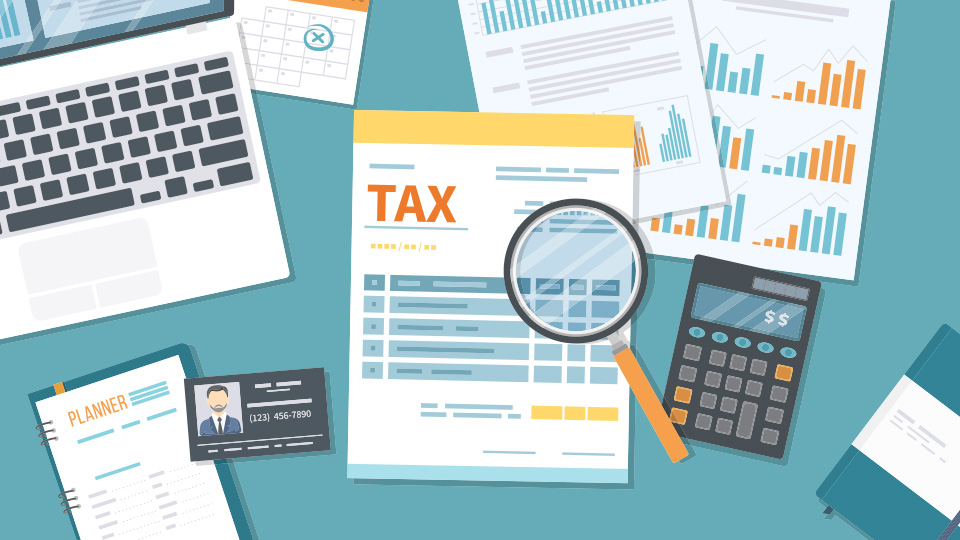March 10, 2020
ATO shares guidelines for SMSF investment strategies

The Australian Taxation Office has produced guidelines on self-managed superannuation fund (SMSF) investment strategies to help SMSF trustees and professionals.
The ATO published new guidance on its website after receiving feedback from SMSF trustees and industry members last year.
SMSF trustees were reminded that they must prepare, implement and give effect to an investment strategy for their SMSF, in addition to reviewing it regularly.
What must be included in an SMSF investment strategy?
An SMSF investment strategy must include:
- Personal circumstances of members such as age, employment status and retirement needs
- How personal circumstances influence risk
- How investments meet each member’s retirement objectives.
An SMSF fund must also consider the following factors in its investment strategy:
- Risks involved in holding investments
- Diversification of investments
- Liquidity requirements to pay pensions, lump sums and expenses
- Whether to hold insurance for fund members.
The ATO advises that it is not acceptable to simply have an investment strategy with ranges of zero per cent to 100 per cent for each class of investment.
The percentage or dollar allocation of a fund’s assets should be consistent with an articulated investment approach.
Any material assets should be listed in your fund’s investment strategy, with an explanation of how they will achieve the member’s retirement goals.
Can an SMSF fund invest in one asset or one asset class?
A fund can invest in one asset or one asset class.
However, there is a concentration risk, so the investment strategy must consider the risks associated with a lack of diversification of investments.
It should also consider how such an investment will meet the fund’s investment objectives and cash flow requirements.
How often should the SMSF investment strategy be reviewed?
The investment strategy should be reviewed annually, and reviews should be documented.
A review of an investment strategy should also be done if any of the following events occur:
- A market correction
- When a new member joins or leaves the fund
- When a member starts to receive a pension.
What is the auditor’s role in relation to an SMSF investment strategy?
The auditor’s role in relation to an investment strategy is to:
- Check that a fund has an investment strategy that has considered the above factors
- The fund’s investments are in accordance with the strategy
- The strategy has been reviewed during the financial year.
Who can assist with the preparation of an SMSF investment strategy?
A self-managed superannuation fund adviser or licensed financial adviser can assist with the preparation of an investment strategy.
Trustees must take care if they use an investment strategy template in case it doesn’t satisfy the superannuation legislation.
The self-managed superannuation fund investment strategy must be tailored to the fund’s specific circumstances and reviewed regularly.
If you need assistance with your SMSF investment strategy, the experienced team at LDB Group can help.
LDB’s superannuation experts will review your strategy and provide compliance guidance to ensure it meets the legislation and the ATO’s expectations.
Our services also include establishing SMSFs and preparing financial statements and annual returns for trustees.
To speak with one of our trusted super advisers, give us a call on (03) 9875 2900 or fill in the contact form below.





